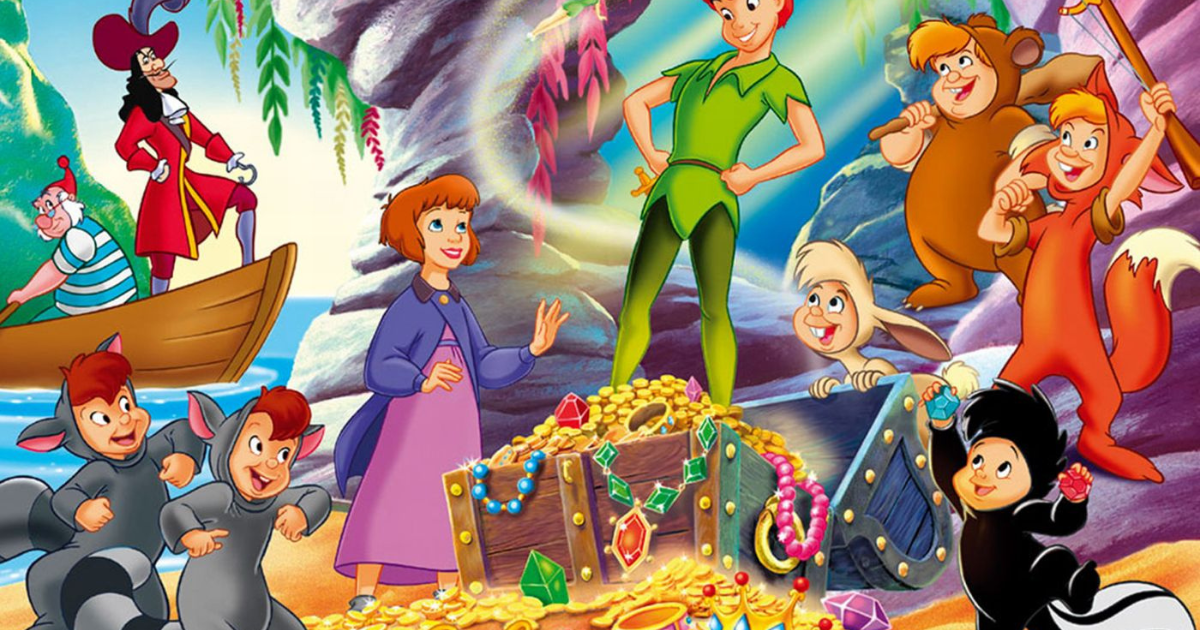Peter Pan, a timeless tale created by J.M. Barrie, is filled with a vibrant cast of characters that capture the imagination of children and adults alike. Set in the enchanting world of Neverland, these characters play pivotal roles in the adventures and themes of childhood, innocence, and the struggle between growing up and staying young. Below is a detailed overview of the main characters in Peter Pan, along with a brief description of their significance in the story.
1. Peter Pan
Peter Pan is the protagonist of the story, a mischievous and carefree boy who can fly and never grows up. He resides in Neverland, where he leads the Lost Boys and often battles against Captain Hook. Peter symbolizes the spirit of youth, adventure, and the desire to escape the responsibilities of adulthood. His character embodies the joys and struggles of childhood, making him one of literature’s most iconic figures.
2. Wendy Darling
Wendy is a kind and nurturing girl who travels to Neverland with Peter. As the eldest of the Darling children, she often takes on a motherly role, caring for the Lost Boys and providing emotional support to Peter. Wendy represents the transition from childhood to adulthood, as her desire to return home contrasts with Peter’s refusal to grow up. Her character highlights themes of responsibility and the importance of family.
3. John Darling
John, Wendy’s younger brother, is sensible and brave. He is often seen wearing a top hat and glasses, embodying a more rational and mature perspective than Peter. Throughout their adventures, John contributes to the group’s dynamics by using his intelligence and resourcefulness. His character illustrates the balance between childhood imagination and the need for practical thinking.
4. Michael Darling
Michael is the youngest of the Darling siblings, depicted as innocent and playful. He is often seen with his beloved teddy bear and looks up to his older siblings. Michael’s childlike wonder adds a layer of innocence to the story, reinforcing the theme of the purity of childhood.
5. Tinker Bell
Tinker Bell is a tiny, fiery fairy and Peter’s loyal companion. Known for her jealousy and fierce loyalty, she adds a touch of magic to the story. Tinker Bell represents the complexities of friendship, showcasing both the beauty and challenges of relationships. Her character serves as a reminder that even the smallest beings can have a significant impact.
6. Captain Hook
Captain Hook is the main antagonist of the story, a cunning and vengeful pirate obsessed with capturing Peter Pan. His character is often seen as a symbol of adulthood and its associated fears and responsibilities. Hook’s character adds tension to the narrative, as he embodies the darkness and dangers of growing up, contrasting sharply with Peter’s youthful spirit.
7. Mr. Smee
Mr. Smee is Hook’s kind-hearted and bumbling first mate. He is often portrayed as a foil to Hook, displaying a more gentle and comical personality. Smee’s loyalty to Hook is unwavering, but he often finds himself in humorous situations due to his lack of competence. His character adds a layer of humor and warmth to the story.
8. The Lost Boys
The Lost Boys are a group of boys who, like Peter, do not grow up and live in Neverland. Each Lost Boy has a unique personality and characteristics, contributing to the overall theme of camaraderie and adventure in childhood. They represent the freedom and wildness of youth, emphasizing the joy of friendship and play.
9. The Crocodile
The Crocodile is a fearsome creature who constantly follows Hook, having swallowed his hand and a clock. This character symbolizes the inevitability of time and the creeping nature of adulthood that Hook fears. The Crocodile’s presence adds an element of suspense and humor, reminding readers of the constant ticking of time.
10. The Indians
The Native American tribe in Neverland plays a minor role but adds depth to the story. They are depicted as noble warriors and are involved in various interactions with Peter and the Lost Boys. Their inclusion raises themes of cultural representation and the exploration of adventure beyond one’s own experiences.

Leave a Reply